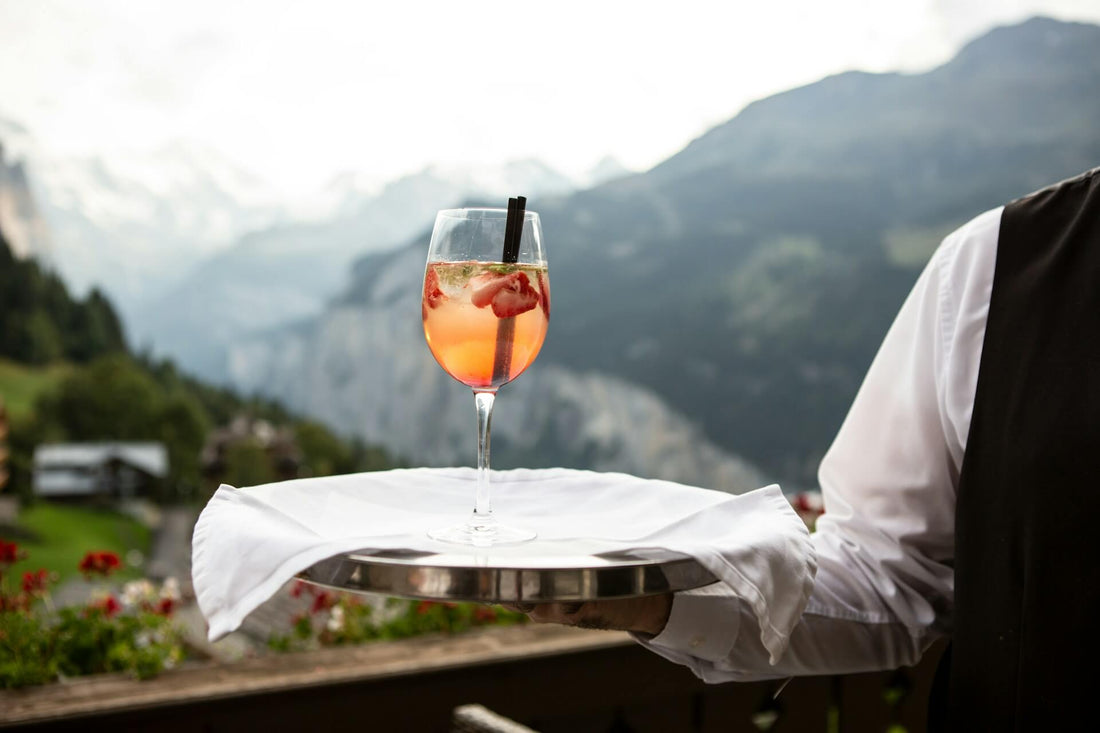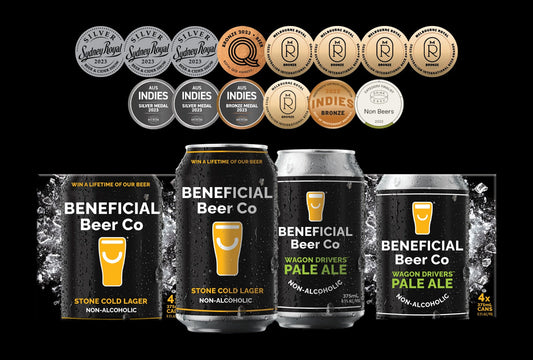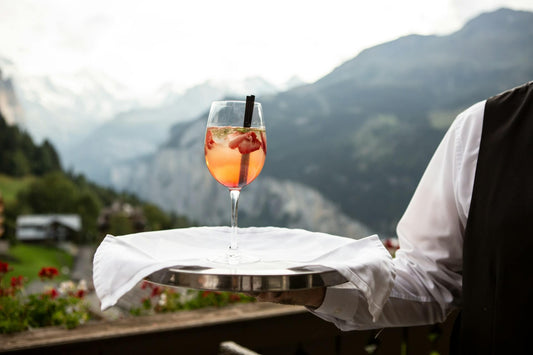Lights, camera, action! The bartender places a cool glass of beer on the counter, and the actor sips nonchalantly. But is that beer bubbling in the glass? What do actors drink on set? Let’s uncover the creative concoctions that fool the camera below!
.
What do actors really drink on set?
Creating the illusion of alcohol is thanks to substitutes. Prop designers maintain the authenticity of a scene without risking the actors' performances. Here are some substitutes used for different types of alcohol:
- Whiskey and Dark Liquors: Iced tea is a popular substitute for whiskey, scotch, and bourbon. Cold-brewed tea comes in a range of shades, allowing prop masters to match the specific look of a scene. A small amount of burnt sugar or caramel colouring can mimic the deep hues in these spirits.
- Beer: Non-alcoholic beer is often used to mimic the appearance of beer. Modern non-alcoholic beers taste so similar the actors themselves can't tell. For less critical scenes, coloured water or weak tea is used. To create the frothy head, prop masters might use powdered egg whites mixed with an acid like lemon juice.
- Wine: Some light-coloured juices are a substitute for white wine. Cranberry, blackcurrant, or cherry juices can mimic red wine. Diluted grape juice or weak lime juice can also serve as convincing alternatives. Food colouring may be added to achieve the perfect shade.
- Clear Spirits: Plain water is often used for clear spirits like vodka. For cocktails, flat or sparkling water with colour dyes can create the appearance.
- Champagne: Creating a convincing champagne substitute can be challenging. Ginger ale or carbonated water with food colouring can simulate champagne.

Method Acting to Fake Drinking
Method-acting roles often start with extensive research and emotional exercises. Actors immerse themselves in a character's background, motivations, and circumstances.
But this intense focus can blur the line between identities…
One aspect of method acting involves embodying a drunk character, without drinking booze.
Actors use various techniques to simulate different stages of drunkenness, such as
- Altered gait: Slightly unsteady walking or swaying
- Slowed reaction times: Delayed responses to stimuli
- Slurred speech: Not overdone, but slight changes in pronunciation
- Volume fluctuations: Speaking louder or softer than usual
- Focus issues: Difficulty maintaining attention or following conversations
- Imagining the room spinning or feeling dizzy
Actors often practice these techniques by recording themselves to review. They might also observe real intoxicated behaviour too.
Famous examples of drunk performances include:
- Nicolas Cage in "Leaving Las Vegas" (In an interview, the actor revealed that he was very drunk while filming his character's breakdown!)
- Elizabeth Taylor in "Who's Afraid of Virginia Woolf?"
- Billy Bob Thornton in "Bad Santa" (The actor revealed he was drunk here too!)

Evolution of Prop Drinks in Film and TV
The use of prop drinks in film and television has evolved significantly.
Early Practices: Filmmakers used simple methods to create prop drinks, such as water coloured with burnt sugar.
Advancements: Prop masters soon began experimenting with ingredients to achieve more realistic results. Cold-brewed tea became a popular choice for replicating whiskey, scotch, and bourbon.
Modern Innovations: The creation of prop drinks is a sophisticated process that often involves non-alcoholic versions of popular beverages. For instance, non-alcoholic beer is used for scenes requiring beer.
Famous Examples:
- "Project X" (2012): This found-footage style party movie used a combination of real party footage and choreographed scenes.
- "The Wolf of Wall Street" (2013): The extended party scenes were shot over several days, with actors like Leonardo DiCaprio having to maintain high energy levels throughout.
.
The art of creating believable drinking scenes relies on the clever use of non-alcoholic substitutes that allow actors to portray intoxication without the risks associated with real alcohol. If you’re looking to enjoy the taste of beer without the alcohol, consider trying Beneficial Beer Co.’s range of non-alcoholic beers—perfect for any occasion, whether you’re watching a movie or enjoying a night out!




